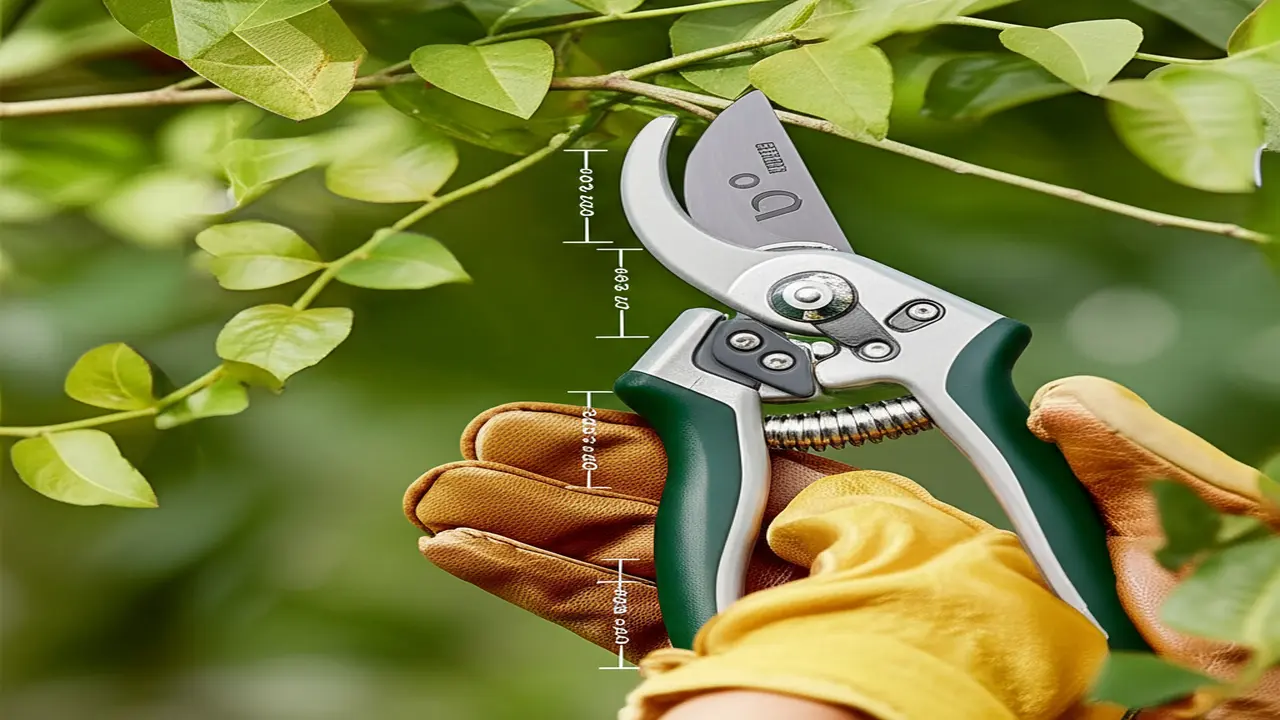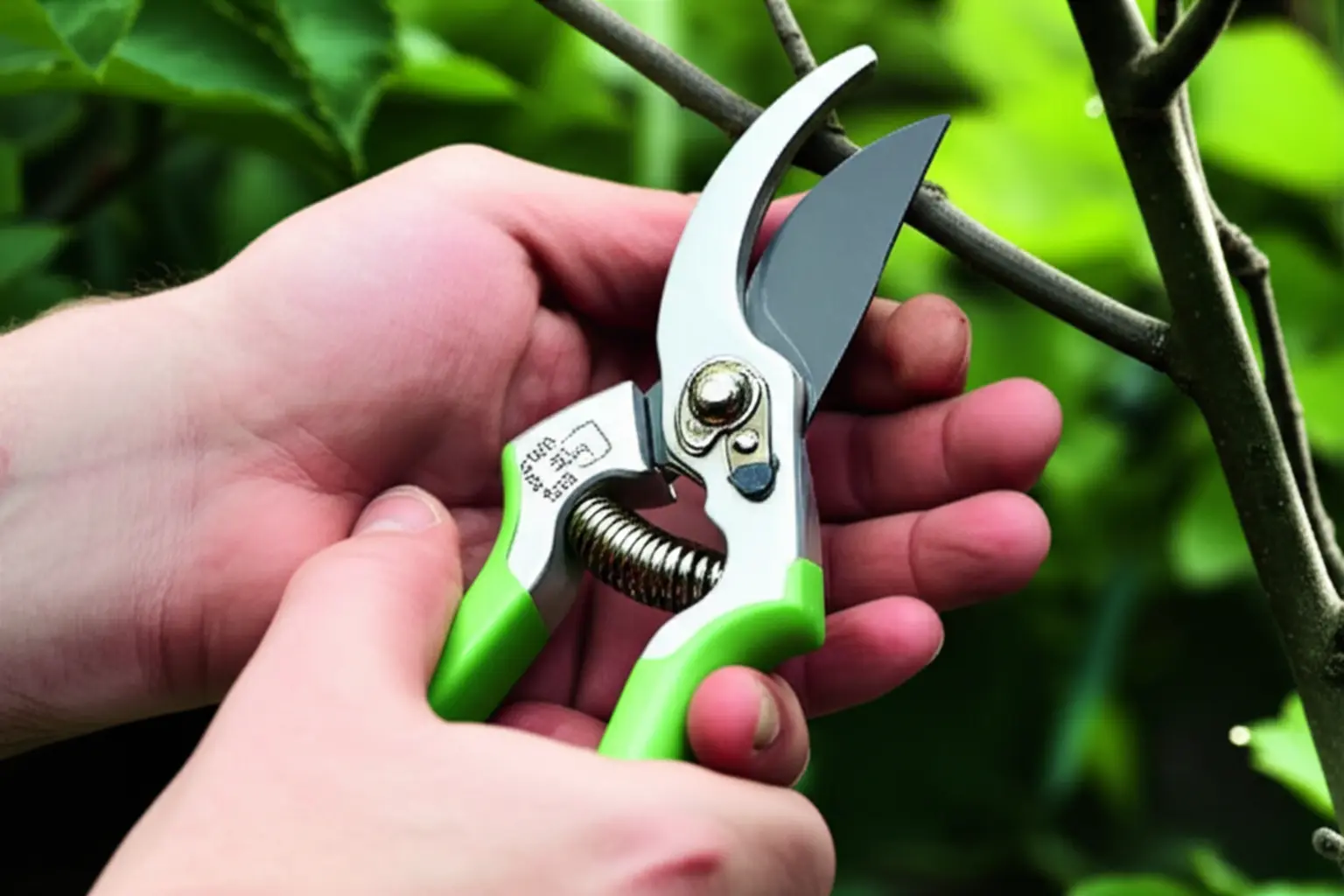

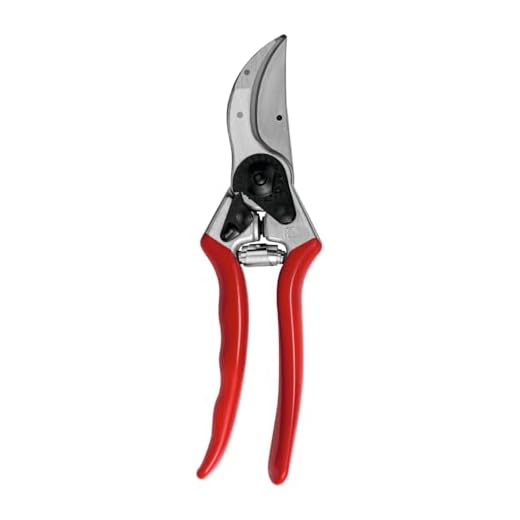

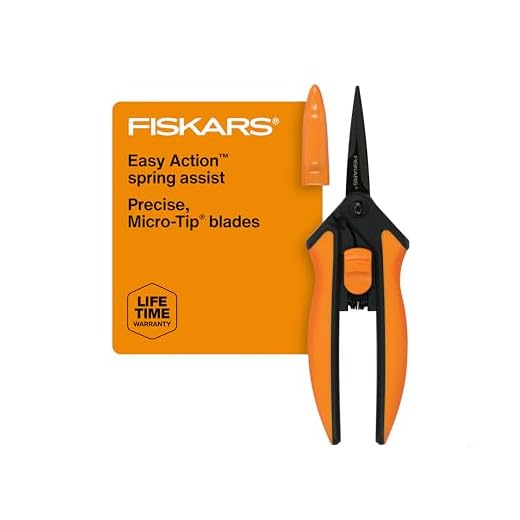
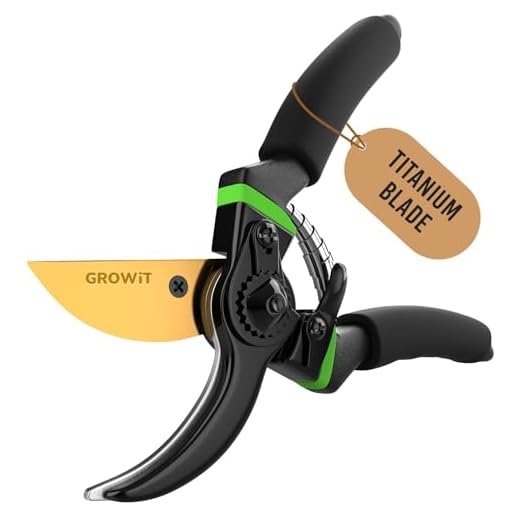
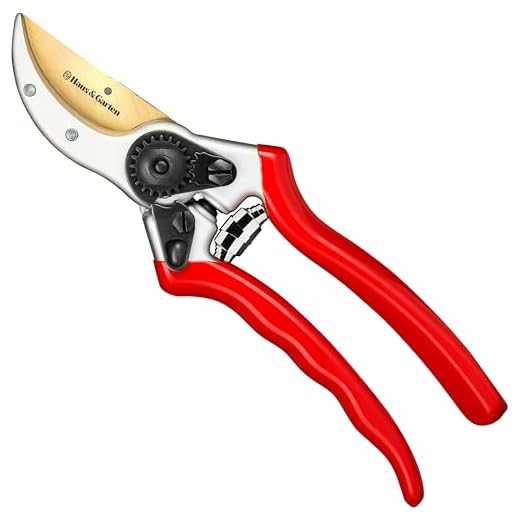



Read More:
1. Why Size Matters for Pruning Shears
2. Defining “Size” in Pruning Shears
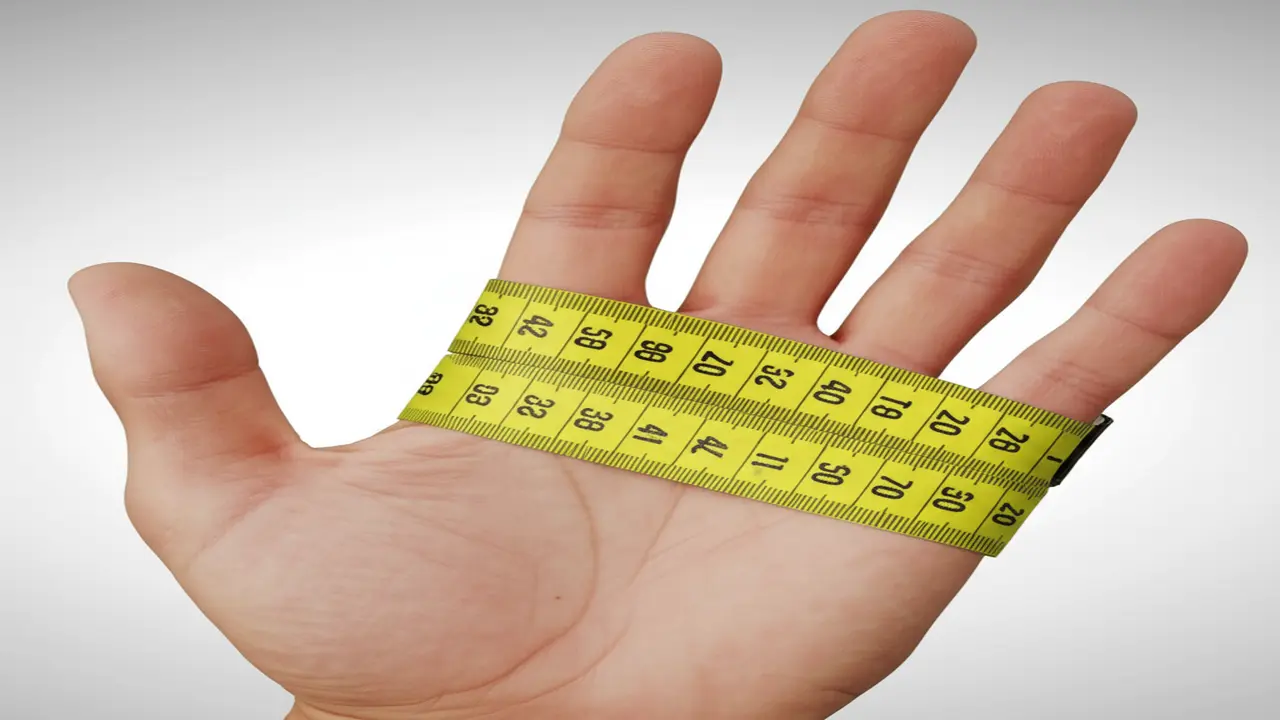
3. Measuring Your Hand for the Right Fit
To find the right pruning shears size, it is essential to measure your hand accurately according to the 2025 pruning shears size guide. Begin by measuring your knuckle width—the distance across the widest part of your hand where the fingers meet the palm. Next, measure your grip circumference by wrapping a flexible tape measure around your hand at the fullest part of your palm, excluding the thumb. These measurements help determine the necessary handle span for maximum comfort and control.
In pruning shears sizing, small hands generally require a handle span of about 2.5 to 3 inches, medium hands fit handles between 3 to 3.5 inches, and large hands benefit from handles wider than 3.5 inches. Using shears too large or too small can cause hand fatigue and reduce precision, so matching the handle span to your hand size improves efficiency and reduces strain.
Whenever possible, test the grip in-store to ensure natural fit and comfort. Pay attention to how your fingers wrap around the handles and whether you can easily apply pressure without overextending. Proper sizing is vital for long-term use and injury prevention, especially during extended gardening sessions.
For more tips on finding the perfect pruning equipment, consider checking guides on best hand cultivators to complement your garden toolset.
4. Assessing Your Pruning Needs and Cutting Capacity
Selecting the correct pruning shears size depends primarily on the type of pruning tasks and the diameter of branches you’ll be working on. Most gardeners frequently trim branches up to ¾ inch thick; for these, standard hand pruners with cutting capacities around this size are ideal. For branches thicker than this, it is advisable to consider larger tools like bypass loppers or even pruning saws for clean cuts without strain.
Here’s how to assess your pruning needs with respect to pruning shears size guide in 2025:
– Identify branch diameters you typically cut. Small shrubs and flowers often require small pruning shears for precision, while medium-sized branches need standard-size shears.
– Use hand pruners for branches up to ¾ inch. They offer control and are suitable for delicate plants.
– For branches ¾ inch to 1½ inches wide, heavy duty pruning shears with larger cutting capacity are recommended.heavy duty pruning shears
– Beyond 1½ inches, loppers or pruning saws become necessary, as they provide the leverage and blade length to cut thicker wood effectively.
Choosing the right size ensures clean cuts that promote plant health and reduces hand fatigue during prolonged gardening. Remember, investing in the correct pruning tool size tailored to your garden’s needs enhances efficiency and helps maintain every plant properly.
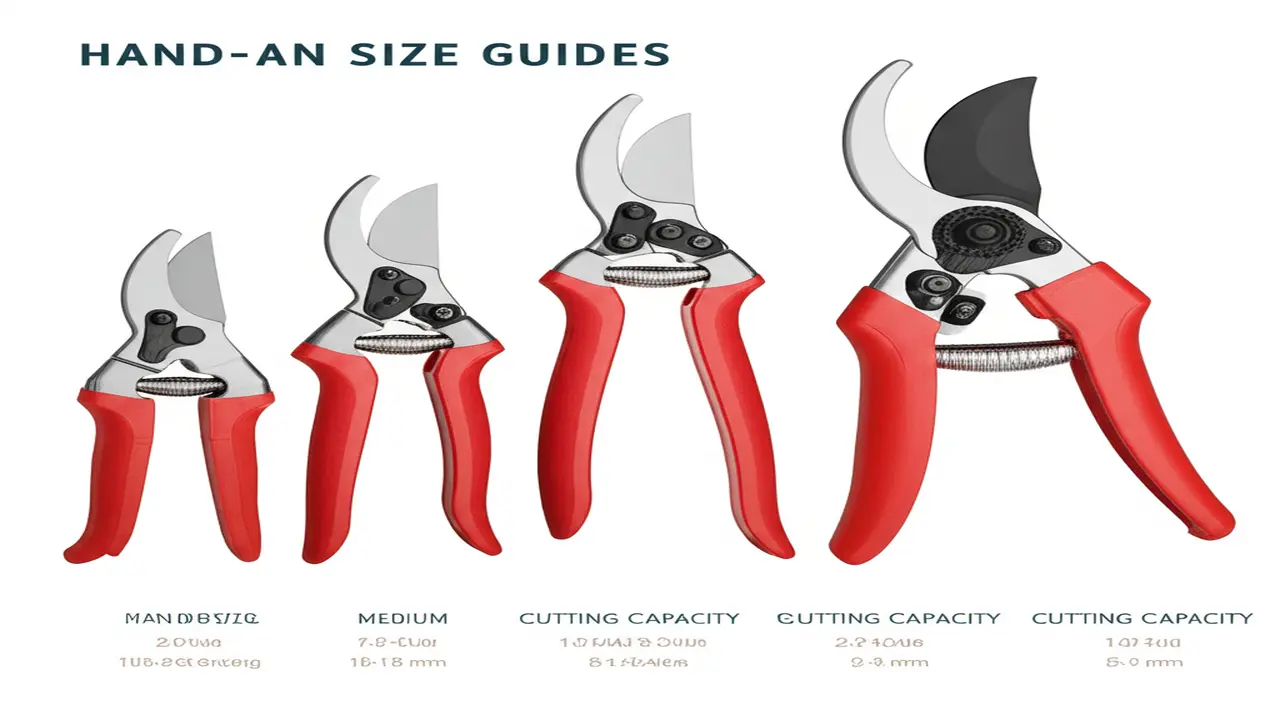
5. Matching Hand Size, Cutting Capacity, and Tool Type
Selecting the right pruning shears size requires matching your hand size with the tool’s cutting capacity and type to ensure comfort and efficiency. A pruning shears size guide helps gardeners avoid fatigue and injury by recommending handle sizes and tool styles that fit their hand dimensions and pruning tasks.
– Hand Size: Measure your hand’s palm width and finger length to choose shears with handle dimensions that prevent excessive grasping or slipping.
– Cutting Capacity: Consider the branch thickness you typically prune; smaller shears fit branches under ¾ inch, while heavy-duty models suit thicker stems.
– Tool Type: Different pruning shear types affect ergonomics and cutting effort. Bypass shears are ideal for precise cuts and generally require moderate grip strength. Anvil shears excel at crushing tougher wood but may demand more hand force. Ratcheting shears reduce effort on thick branches by incrementally increasing cutting power, while rolling handle shears enhance user comfort with natural wrist motion.
For gardeners with smaller hands, exploring small pruning shears ensures better maneuverability and control. Meanwhile, heavy pruning needs benefit from heavy duty pruning shears designed for larger cuts without strain. Ergonomic consideration in tool type combined with appropriate sizing optimizes cutting performance and reduces injury risk, making this matching process a key factor in pruning success.
